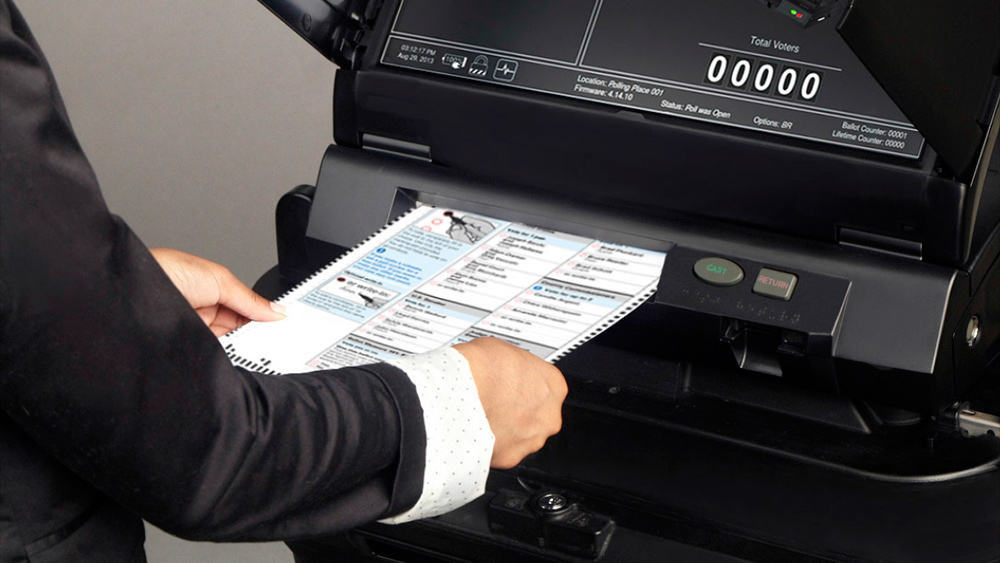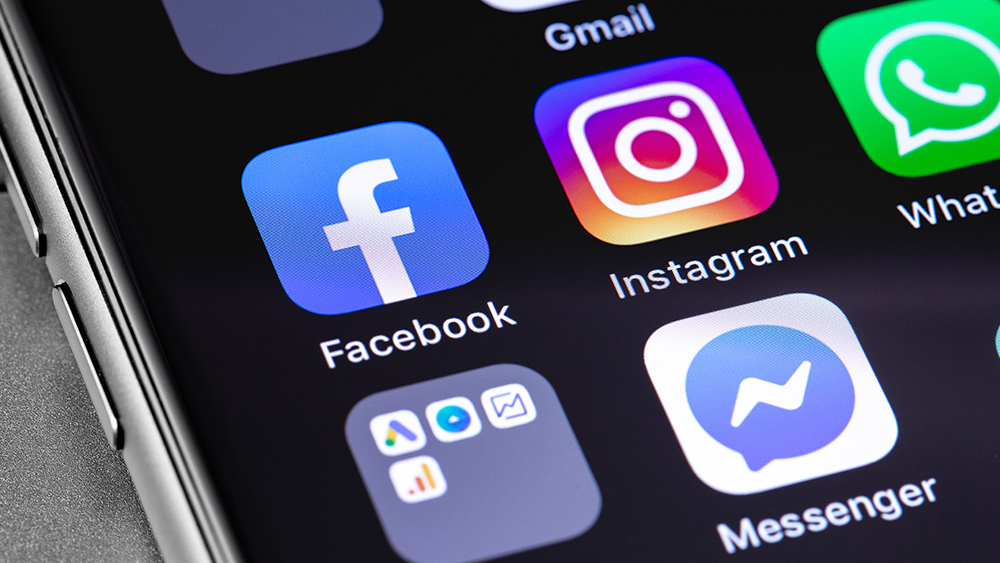New medical technology allows scientists to genetically alter your organs with a single touch… what could go wrong?
08/14/2017 / By Cassie B.

A new breakthrough technology has been developed that can help to heal wounds, nerves, blood vessels and even damaged organs. Known as Tissue Nanotransfection (TNT), it turns skin cells into other cell types that can repair damaged tissues with the help of nanotechnology. A small microchip about the size of a penny is used to insert genetic code into your skin cells to bring about the transformation, and it works simply by placing the chip on top of the skin.
The Ohio State University researchers behind the project said that it can start to create the specialized new cells in a fraction of a second. They outlined two successful tests of the technology. In one experiment, they saved the badly damaged leg of a mouse by using it to create new blood vessels in the tissue where blood flow had been lacking. A week later, the injured leg had active blood vessels, and it had been saved within two weeks. In another test, they injected new nerve cells into a mouse’s brain to help it recover from a stroke.
Study co-leader Dr. Chandan Sen said that TNT works 98 percent of the time and is non-invasive. He added: “By using our novel nanochip technology, injured or compromised organs can be replaced. We have shown that skin is a fertile land where we can grow the elements of any organ that is declining.”
While other treatments have been developed that entail converting cells in a lab and injecting them back into patients, this marks the first time the cells have actually been programmed right within the body. It uses a light electrical current that is barely noticeable to patients. They believe it may be used to repair tissue that has been injured or restore the function of tissue that is aging. The scientists said they were surprised how well it worked and that it was only the beginning, with human clinical trials expected to start next year.
Lots of unanswered questions
The chip converts skin cells into the elements of any organ with a single touch, and it does not need to stay with the person to work; the cell starts reprogramming as soon as the button is pressed. What could possibly go wrong?
The electrical current it emits creates channels within the tissue, where the DNA or RNA it contains are injected and then begin to take root and reprogram the cells. But what if something else was placed inside of it?
There is no doubt that there is tremendous potential here, particularly when it comes to saving accident or natural disaster victims on the scene or helping injured soldiers in the battlefield if this proves to be as useful as it sounds. On the other side of the coin, however, is the fact that it could be used to deliver pretty much any other type of biological cargo imaginable, and that’s where the possibility of foul play comes in. Could it eventually be used to control the way people think, or reprogram cells to destroy rather than heal? If so, it could prove to be a valuable weapon that is small, portable, and fast-acting – a very dangerous combination.
In addition, it is not yet known what effects this could have in the long term. Sending genetic code into your body and genetically reprogramming your organs are not actions that should be taken lightly, and no one knows what could happen five, ten, or 20 years down the line.
It could also pose a huge threat to Big Pharma’s profits if it can help heal problems that have traditionally been treated with toxic medications, and there is no telling what they might do to counteract that. Will they buy up the patents and suppress the technology or price it so high that only the world’s wealthiest people can afford it? The technology is certainly interesting, but there are a lot of unanswered questions.
Sources include:
Submit a correction >>
Tagged Under:
blood vessels, discoveries, genetic alteration, healing organs, healing tissue, medical ethics, medical technology, organs, Tissue Nanotransfection, tissue repair, TNT, Wound Healing
This article may contain statements that reflect the opinion of the author
RECENT NEWS & ARTICLES
COPYRIGHT © 2017 GOVTSLAVES.COM
All content posted on this site is protected under Free Speech. GovtSlaves.com is not responsible for content written by contributing authors. The information on this site is provided for educational and entertainment purposes only. It is not intended as a substitute for professional advice of any kind. GovtSlaves.com assumes no responsibility for the use or misuse of this material. All trademarks, registered trademarks and service marks mentioned on this site are the property of their respective owners.



















